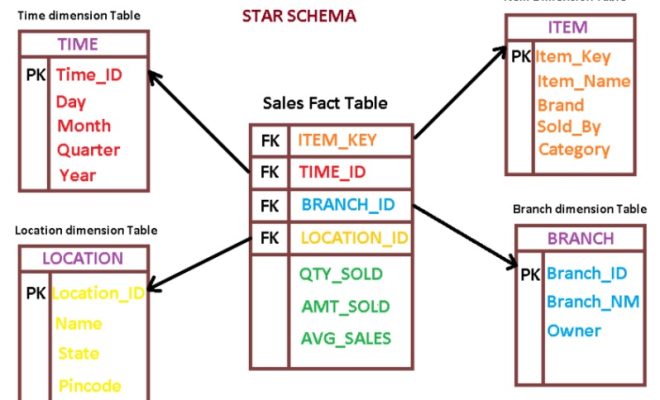All About the DVI Video Connection

The Digital Video Interface (DVI) is a video connector introduced in 1999 for the transmission of digital video signals between a computer and a display device. It was developed as an upgrade to the analog video connector, the VGA (Video Graphics Array), to cater to the newer, higher resolution display devices.
DVI comes in three different formats: DVI-I (Integrated), DVI-D (Digital), and DVI-A (Analog). It is important to note that these formats are not interchangeable.
DVI-I: This type of connector supports both digital and analog signals. It can transmit 1080p and 1920×1200 resolutions, making it ideal for high-performance gaming and video applications.
DVI-D: This type of connector supports only digital signals, meaning it can transmit images without any loss of quality or signal interference. It is widely used in the gaming industry because of the high video refresh rates and low latency.
DVI-A: This type of connector supports only analog signals, giving it lower image quality than the other two formats. It is used for older display devices that do not support digital signals.
One of the benefits of using a DVI connection is that it allows for more accurate color representation and greater vibrancy in images. Additionally, it is ideal for applications that require fast refresh rates, such as gaming and video playback.
However, DVI is quickly becoming outdated as newer technologies are introduced. Many modern graphics cards no longer have DVI ports and instead come equipped with newer connection options like HDMI and DisplayPort.
Despite its limitations, DVI has made significant advancements in computer technology and has been instrumental in improving the display quality and user experience of computer users. As technology advances, it is important to keep an eye on the latest connector options and their compatibility with newer devices. This will help ensure that you are able to take full advantage of the latest display technologies and achieve the best possible viewing experience.






